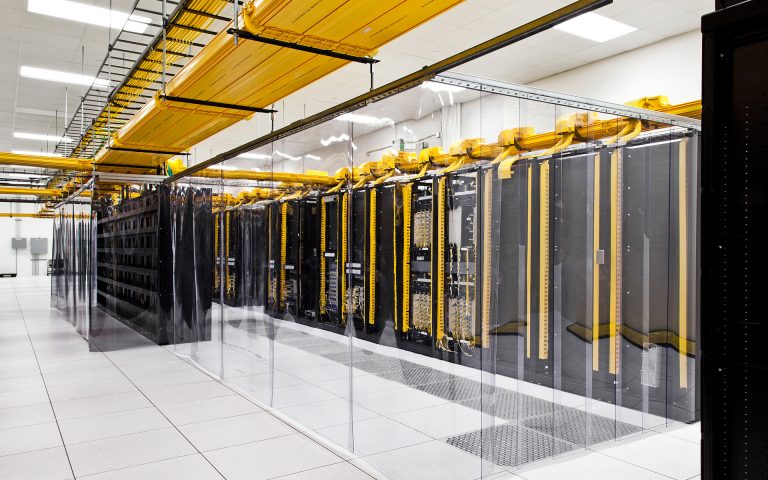
As contractors will confirm, there is a growing trend globally to downsize or remove in-house data centers entirely. The shift is to move all existing infrastructure to a colocation facility like an LA data center. Temporary workloads move to the cloud, and long-term project infrastructure is now in the closest data center an organization can find. Here are common reasons why businesses are moving their equipment to data centers:
Cost-effectiveness is one of the primary drivers. Companies no longer need to maintain expensive server room, cooling, security, and staff to maintain an in-house data center. You can move everything to a provider like Rack Alley, with state of the infrastructure, redundancy, and 24-hour support, and still, save money.
Another drive for colocating is core competency. For the vast majority of organizations, managing IT infrastructure is far from the core competency of the business. Organizations want to put money, time and expertise where it will bring the most return. In-house IT staff should work on how the systems will help the business, not keeping the systems running.
Simplicity is another important factor. When you only need to worry about your software and your hardware, you save a lot of organizational bandwidth. When you have redundant power and networking, it is easier to isolate the cause of downtime.
Redundancy is a key benefit of colocating your servers. Not only does a data center have multiple options for power, networking, and security, they also have options that are beyond the scope of all but the largest organization. An example would be power, where a data center will have a redundant power circuit from another supplier.






